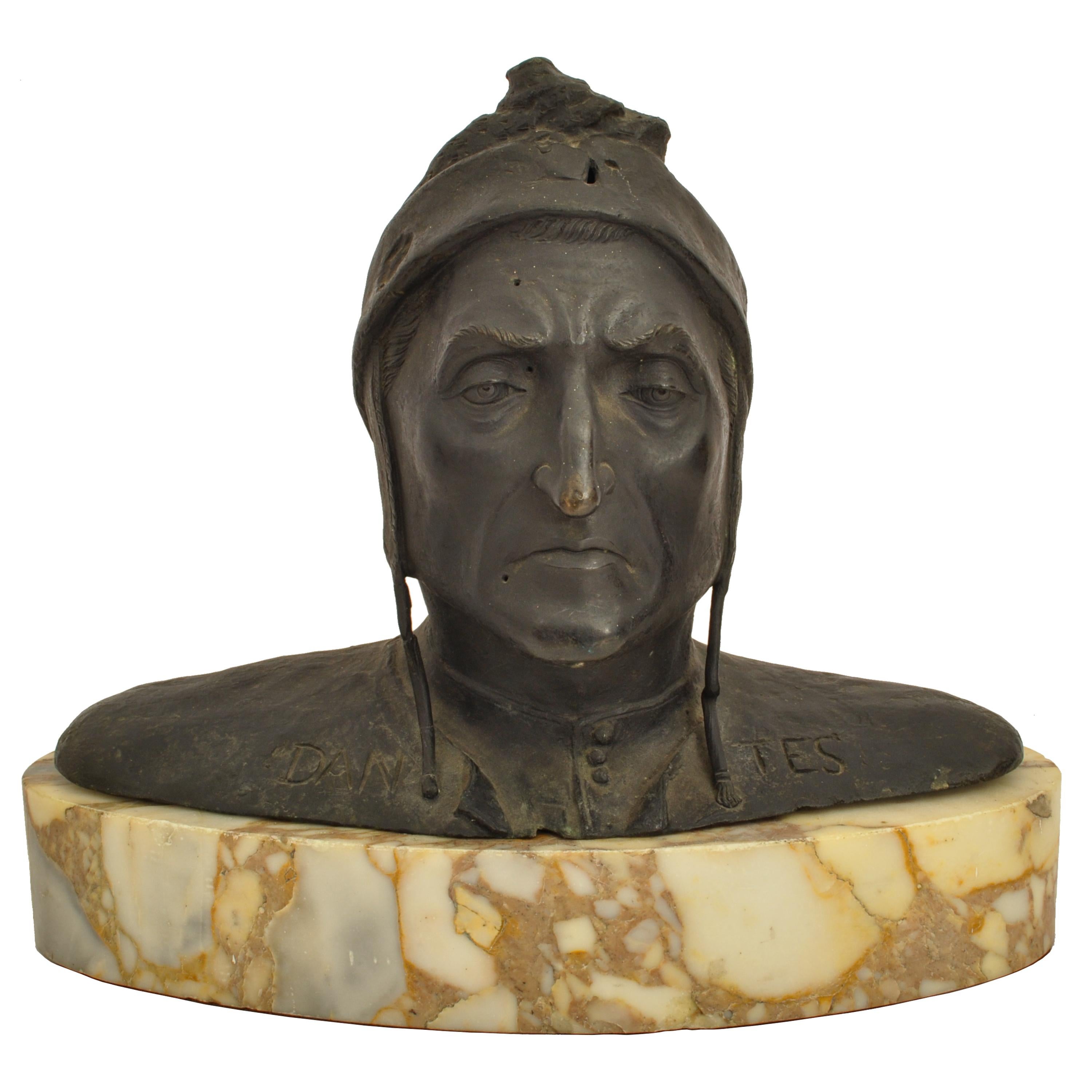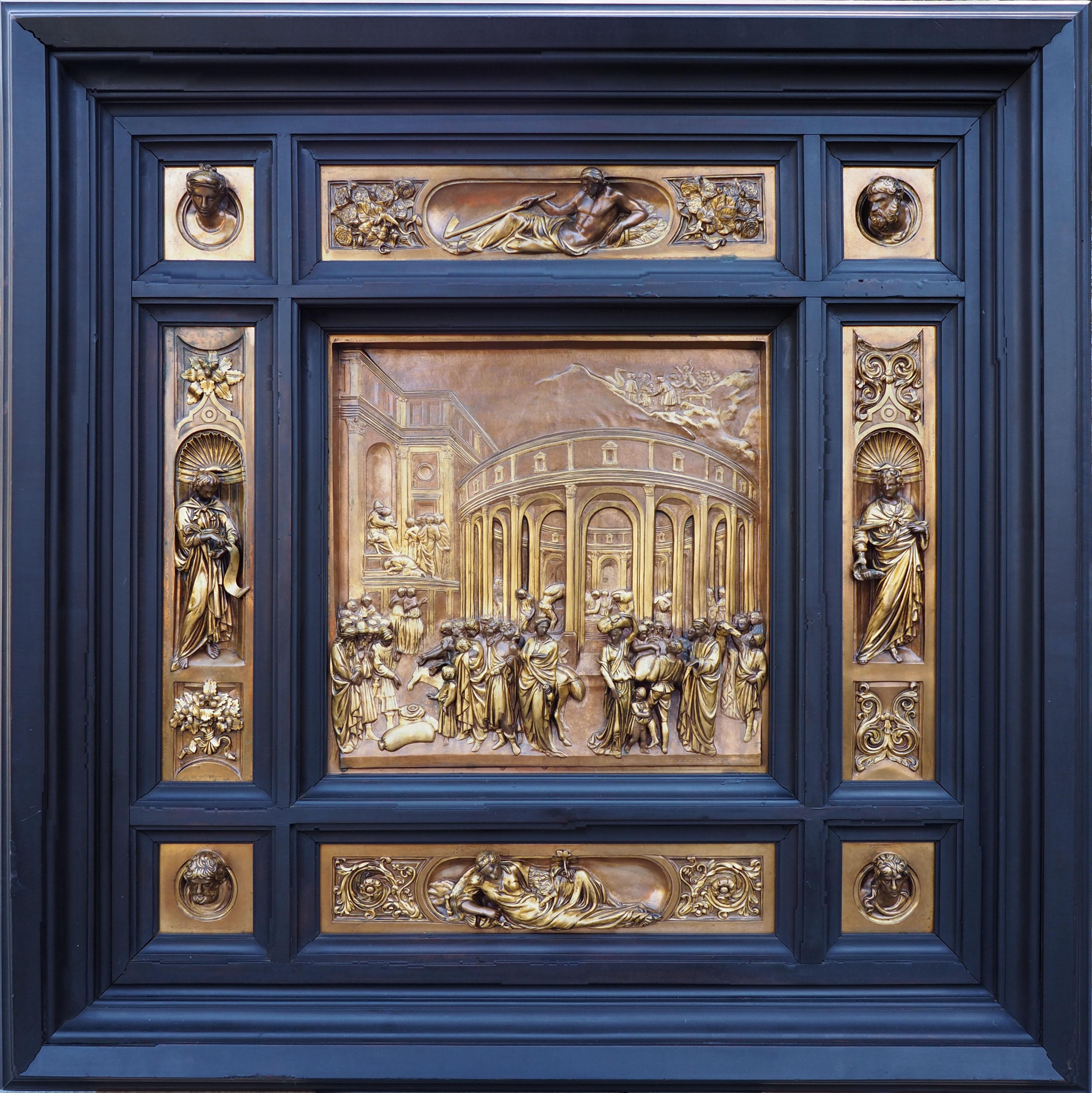Items Similar to Georges-Lucien GUYOT (1885-1973) German Shepherd Dog
Want more images or videos?
Request additional images or videos from the seller
Georges-Lucien GUYOTGeorges-Lucien GUYOT (1885-1973) German Shepherd Dog
About the Item
Lying German Shepard Dog
A bronze cast of a resting German Shepard Dog, by Georges-Lucien Guyot (1885-1973). An early work, and a cast of 1920 with a brown patina with some reddish undertones and white yellow highlights. Signed G.L. Guyot and numbered 8656. On the inside of the cast marked with the Initials KH
Title: Lying German Shepard Dog
Measurements: 14,5 cm (h) x 55 cm (l) x 14 cm (w)
Material: Bronze cast
Signed: G.L. Guyot
Foundry mark: ? Marked on the inside with KH and numbered 8656
Georges-Lucien Guyot (1885-1973)
Georges Guyot was born in Paris, in the working class quarter of la Bastille where the majority of artisan craftsmen were based. By the time he reached adolescence his gift for drawing was apparent, and he was apprenticed to a local wood carver. Guyot discovers the works of Barye during a visiting to the Louvre, and he decides to change tack. He wants to make animal sculptures and learn to work with other materials. In 1904, during his military service in Rouen, he is allowed to take several courses in the local art school.
In 1906, he exhibited for the first time at the Salon des Artistes Français with a statue of a begging bear.
In 1909, he exhibited his first work in bronze and concentrated exclusively on sculpture from then on. In 1910, he was awarded a bronze medal. At this time he was exhibiting mainly depictions of dogs and a few busts. These first works were very realistic, but soon after he began to stylize his statues more while preserving naturalism.
At the outbreak of the First World War, Guyot was declared unfit for service on medical grounds. After the war he left the Salon des Artistes Français for the Salon des Indépendants, where he exhibited up until 1950. He also showed regularly at the Salon d’Automne. The Musée d’art Moderne acquired his Seated Bear in 1923, and his Ours Blanc enjoyed great success at the Salon des Indépendants.
Recurring themes in his work are bears, cats and monkeys. Besides a sculptor he was also a good painter, draughtsman and engraver.
Before the Second World War he had many solo exhibitions in some prestigious galleries including Bernheim Jeune, Druet, Devambez and Malesherbes. In 1943 the Salon des Indépendants organized a retrospective of his work. During the 1950s he enjoyed considerable international success. His last exhibition was held in 1972 shortly before his death in Paris. Guyot’s career unfolded with a roll call of successes and honours from the start. Over the years, his work was acquired by numerous French museums. The state also acquired numerous of his monumental pieces, and he always enjoyed acclaim from the critics, appreciation from art lovers, and recognition from his fellow artists, including high profile sculptors such as Pompon, who saw him as a real artistic personality. Pompon invited him in 1931 to join the group of 12 sculptors who exhibited at Ruhlman in Paris in 1932 and 1933.
His bronzes were cast by Susse Frères, Meroni-Radice, Godard and Valsuani. The posthumous bronzes are mostly cast by Fonderie de la Plaine. Some terracotta models have been edited by Susse and by Sèvres.
His work is part of several museum collections including the Museum of Modern Art of the City of Paris. A large bear by Guyot can also be found in the zoo in Vincennes. His work is also very popular among collectors of animal sculptures and is part of several large collections.
- Creator:Georges-Lucien GUYOT
- Dimensions:Height: 5.71 in (14.5 cm)Width: 21.66 in (55 cm)
- Medium:
- Period:
- Condition:
- Gallery Location:Gent, BE
- Reference Number:1stDibs: LU2140213861682
About the Seller
5.0
Vetted Seller
These experienced sellers undergo a comprehensive evaluation by our team of in-house experts.
Established in 2018
1stDibs seller since 2022
Typical response time: 14 hours
- ShippingRetrieving quote...Ships From: Gent, Belgium
- Return PolicyA return for this item may be initiated within 10 days of delivery.
More From This SellerView All
- Italian Animal Bronze : Battling Rams by Sirio TofanariLocated in Gent, VOVA very rare bronze cast of two battling Rams, by Sirio Tofanari (1886-1969). An old cast with a dark brown shaded patina. On a heavy green marble steppe...Category
1930s Art Deco Figurative Sculptures
MaterialsMarble, Bronze
- Carpeaux etnic bronze : Le chinois (1868). N1 (scetch) Observatory fountainLocated in Gent, VOVJEAN-BAPTISTE CARPEAUX 1827 - 1875 Le Chinois N°1 (study for Asia) (1868). Model from the observatory fountain. Sketch Height ca.60 cm A similar copy auctioned on June 22, 2023, at ...Category
1860s Realist Figurative Sculptures
MaterialsBronze
- Sea Lion by Greta van Puyenbroeck (1943- )Located in Gent, VOVsea lion Artist: Greta van Puyenbroeck Dimensions: 22 h x 44 l x 30 cm w without base with base 29 x 33 x 38 cm Foundry: Artcasting Sign Greta Van Puyenbroeck was born in Antwerp in ...Category
20th Century Figurative Sculptures
MaterialsBronze
- A pair of ducks by Carl August Brasch.Located in Gent, VOVA very finely detailed and stylized bronze sculpture of a pair of ducks on a marble plinth. Signed C. Brasch. In terms of approach and style, this work is modern and somewhat reminis...Category
20th Century Figurative Sculptures
MaterialsMarble, Bronze
- Young Antelope by Sirio TofanariLocated in Gent, VOVA fine bronze cast of a young antelope or male deer licking its back, by Sirio Tofanari (1886-1969). An old model with degraded dark-brown patina and lighter brown tones. Signed Siri...Category
20th Century Figurative Sculptures
MaterialsBronze
- Akop GURDJAN (après) (1881-1948) Sitting Baboon BronzeLocated in Gent, VOVAkop GURDJAN (après)(1881-1948) Sitting Baboon Bronze Akop Gurdjan (1881-1948) Akop Gurdjan (also Hakob Gyurjyan) was born in Shusha (Nagorno Karabakh)...Category
19th Century Figurative Sculptures
MaterialsBronze
You May Also Like
- Surreal Figurative Sculpture, "Lovers"Located in San Diego, CAThis is a one of a kind original bronze surrealist figurative sculpture by San Diego artist, Debbie Korbel. Its dimensions are 41" x 42" x 34". A certifi...Category
2010s Surrealist Figurative Sculptures
MaterialsBronze
- Antique Italian Grand Tour Bronze Marble Bust Sculpture Dante Alighieri 1880Located in Portland, ORA good antique Italian Grand Tour Bronze and marble bust of Dante Alighieri, circa 1880. The bronze is most likely Florentine and mod...Category
Late 19th Century Italian School Figurative Sculptures
MaterialsMarble, Bronze
- WHITE HINGED POEM DRESS,By Lesley DillLocated in New York, NYLESLEY DILL WHITE HINGED POEM DRESS, 1994 patinated bronze 55 x 37 x 30 in. 139.7 x 94 x 76.2 cm. Edition of 4Category
1990s Contemporary Figurative Sculptures
MaterialsBronze
- Growing in a Fragmented LandscapeBy Jennyfer StratmanLocated in Los Angeles, CAThere is a metaphorical interplay between the natural imagery international artist, Jennyfer Stratman, uses and its multiple meanings. While the human figure features strongly, it is...Category
21st Century and Contemporary Contemporary Figurative Sculptures
MaterialsMetal, Bronze, Enamel, Steel, Copper
- Cefiro - Renaissance Inspired Bronze Sculpture of an Acrobat set on Tall StandBy Jesus Curia PerezLocated in Chicago, ILCefiro is derived from the Spanish word for Zephyr, meaning a soft gentle wind which brings spring to the Mediterranean. The word also depicts beauty and playfulness. This figure p...Category
21st Century and Contemporary Contemporary Figurative Sculptures
MaterialsBronze, Steel
- The Story of Joseph from the Second Baptistery Doors, Florence (“The Gates of PaBy Ferdinand BarbedienneLocated in New York, NYFerdinand Barbedienne (Saint-Martin-de-Fresnay 1810 – 1892 Paris) after Lorenzo Ghiberti (Florence, 1378 – 1455) Signed at the lower right of the principal relief: F. BARBEDIENNE Provenance: Private Collection, USA. Barbedienne’s “Gates of Paradise” reliefs are one of the triumphs of nineteenth-century bronze casting and patination. The nine panels that comprise our example are half-size reductions of the famous originals by Lorenzo Ghiberti, made for the Baptistery of Florence and now housed in the Museo del Opera del Duomo. Mounted in an impressive, mullioned frame surround, our work is an exceptional exemplar of the Renaissance Revival, the broadly influential style and movement that infused architecture, design, and artistic culture in the latter half of the nineteenth century. The central scene, The Story of Joseph, is perhaps the most celebrated of the entire series depicting as it does seven episodes from the Biblical narrative integrated into a single composition: Joseph cast by his brethren into the well, Joseph sold to the merchants, the merchants delivering Joseph to the pharaoh, Joseph interpreting the pharaoh’s dream, the pharaoh paying him honor, Jacob sending his sons to Egypt, and Joseph recognizes his brothers and returns home. The surrounding reliefs—two vertical figures in niches, two recumbent figures, and four portrait heads in roundels—are as well faithful reductions of Ghiberti’s original bronzes on other parts of the doors. The maker of these casts was the renowned 19th-century French fondeur Ferdinand Barbedienne. Gary Radke has recently written of this great enterprise: “The Parisian bronze caster Ferdinand Barbedienne began making half-sized copies of ancient and Renaissance sculpture in the 1830s. His firm benefitted enormously from the collaboration of Achille Collas, whom Meredith Shedd has shown was one of numerous pioneers in the mechanical reproduction of sculpture. Their competitors largely devoted themselves to reproducing relief sculpture, but Collas devised a process for creating fully three-dimensional copies. A tracing needle, powered by a treadle, moved over the surface of a full-sized plaster cast or bronze of the original and triggered a complementary action in a cutting stylus set over a soft plaster blank…He signed an exclusive contract with Barbedienne on November 29, 1838, and won medals for his inventions in 1839 and 1844. Barbedienne’s half-sized copies of the Gates of Paradise were famous not only for their fidelity to the original, but also for the way their gilding…suggested the glimmering surface that was hidden under centuries of dirt. Some critics even saw Collas’s and Barbedienne’s work as ‘philanthropic, an exemplary adaptation of industry to the requirements of art, the artist, the workers, and the public alike.’ At 25,000 francs, Collas’s and Barbedienne’s reduction of the Gates of Paradise was singularly more expensive than any other item for sale in their shop. All the reliefs, individual statuettes, and busts were cast separately and could be purchased either by the piece or as an ensemble. Fittingly, Barbedienne’s accomplishment earned him the Grand Prix at the 1878 Paris Exposition Universelle, along with numerous other medals.” Three complete examples of the Barbedienne-Ghiberti doors are known. One, first installed in a chapel in the Villa Demidoff of San Donato near Pratolino, was later acquired by William Vanderbilt...Category
Late 19th Century Figurative Sculptures
MaterialsBronze




